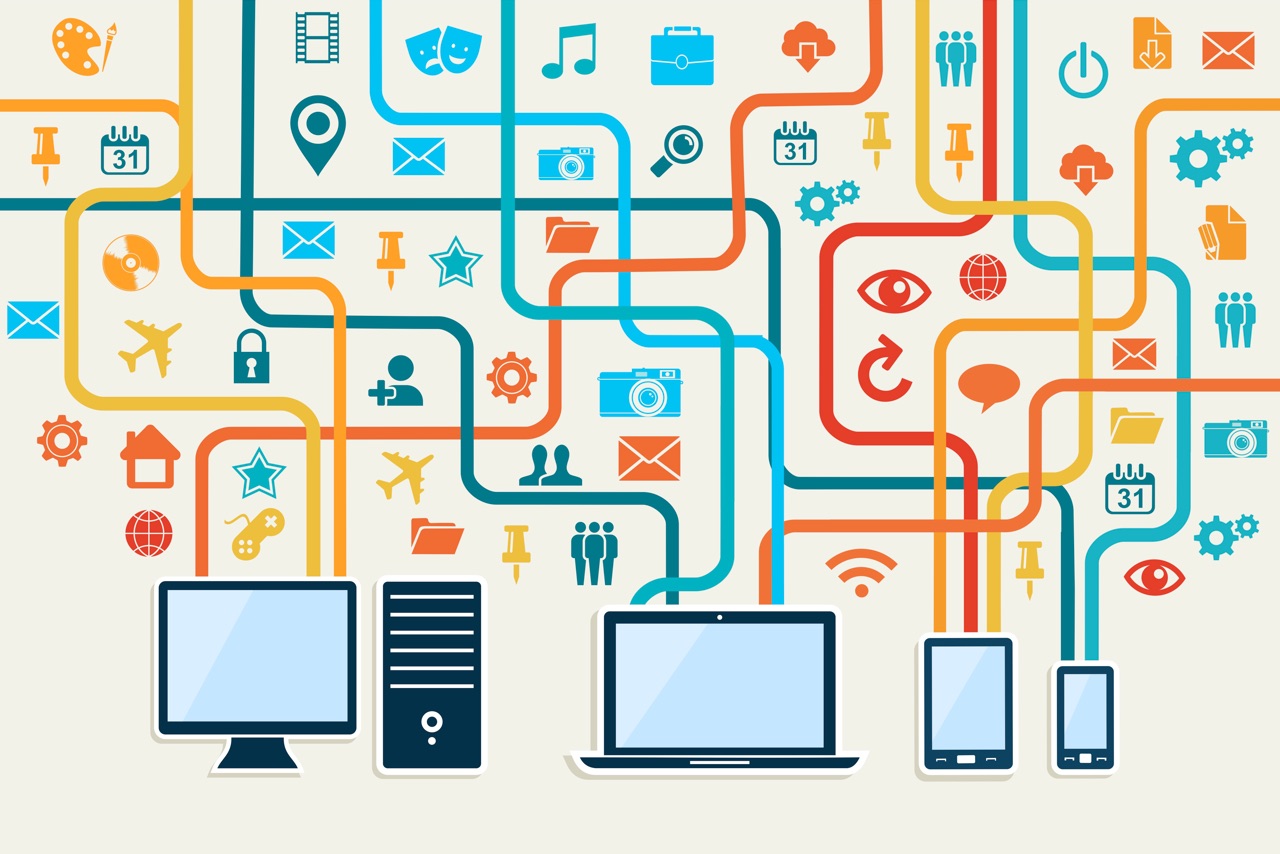The Internet was designed to allow computers of all kinds to exchange traffic with each other over an unbounded collection of inter-connected networks. The direction of the traffic was irrelevant. The point was to allow traffic to flow in either direction so the network had to support both. Not all networks of the Internet are commercial services. Many are community based, non-profit or government operated. For those that are for-profit, their typical business model is to charge a flat fee for connection to the Internet regardless of the direction of traffic flow. The cost for implementing the service is a function of capacity, not the amount of traffic sent. The connection fee is commonly higher for higher speed capacity. There is no charge for the amount of traffic sent or received, only for the capacity, because the cost is the same whether the capacity is used or not.
The Internet is a packet-switching service. The nodes of each network switch packets rather like postcards in the postal system but millions of times faster. What this means is that a packet of data sent by a computer into the network uses the capacity of each network it traverses only while it is carried on a network link. As soon as the packet traverses the link, another packet can traverse it from some other computer. This means the links between the nodes of each network are shared dynamically by all the traffic, just like a high speed freeway system where the cars all share the same piece of road one after another. Used or not, the cost of the road is the same. Interestingly, in the case of the Internet, the cost of increasing capacity of the networks has gone down per unit of capacity, thanks to advances in optical fiber and wireless networking. The original Internet networks had a maximum capacity of about 50-100 kilobits/second. Today’s backbone networks carry 400-800 gigabits/second per optical channel on subsea and land fiber networks.
The networks of the Internet charge their customers for access to the Internet regardless of the direction of the traffic. Networks have to connect with each other to form the Internet. When two networks interconnect, they increase the value of access for their customers. Robert Metcalfe, the inventor of the Ethernet suggested that the value of the network increases as the square of the number of subscribers. So if two networks interconnect, the value to each subscriber goes up. This is because the interconnection increases the potential for communication with a useful correspondent. It is common for such interconnections to be what is called “settlement free” because the peering networks typically do not charge each other for carrying each other’s traffic. The point of peering is to increase the value of the network for all the subscribers by supporting the exchange of traffic among all the computers of both networks.
Internet Service Providers have two ways to increase value to their subscribers. They can peer with another network and each agree to carry each other’s traffic only to their respective subscribers. That is, networks A and B will carry traffic between only between subscribers of networks A and B but not to other peers.
However, in order to reach every Internet user, a network would need to connect to every other network in order to peer with it. Some major network operators do exactly that. These are sometimes called Tier 1 Internet Service Providers (ISPs). Some content providers build their own ISPs to interconnect with the networks of the Internet. They build infrastructure to peer with a large number of ISPs at considerable capital and operational cost.
Some ISPs choose a different path to achieve full connectivity with the Internet. They become clients of one or more ISPs that offer what is called transit service. In this case, the transit-providing ISP offers to carry traffic not only to all its subscribers (as in peering) but also to all its peers, effectively connecting the client ISP to the entire Internet. The client pays for this service. This is the alternative to paying to build out the infrastructure needed for peering. Some ISPs peer with other ISPS and purchase transit service for those they do not peer with. A detailed report by Analysys Mason provides a more thorough treatment of these important concepts that describe the relationships among some 99% of ISPs evaluated in the study .
Content providers (CPs) recognize that a lot of content is of common interest. Rather than repeatedly sending the same content from the content provider’s data centers across the global Internet, some CPs use content distribution networks (CDNs) to distribute content. The CDN builds servers that are local to a destination network and might even be hosted on the premises of a local ISP (for a fee). A popular movie might be transferred once across the global Internet to the CDN server and then delivered repeatedly through the local ISP network to the ISP’s subscribers. Some CPs negotiate with local ISPs to cache content for subsequent delivery to subscribers.
Unlike a usage model, the Internet’s typical capacity-based connection fee model accurately reflects costs, and promotes the use of the Internet because subscribers do not need to worry about the amount of traffic they send or receive, only the rate at which they send or receive. Their cost is determined by the maximum speed of their access to their ISP. Users feel free to try new applications regardless of the amount of traffic sent or received, up to the access capacity for which they pay.
These practices have been in place since the origins of the Internet and explain in large measure why it and the World Wide Web it supports have been so successful at attracting and supporting myriad applications over decades.
Editor’s note: Vint Cerf was one of the co-founders of the Internet Society and served as the first chair of our Board of Trustees from 1992 to 1995. He is a member of the Internet Hall of Fame.

